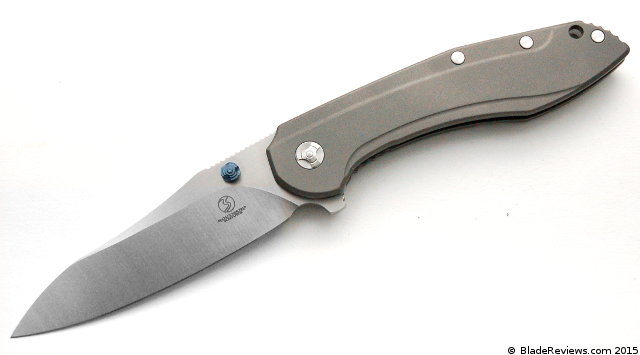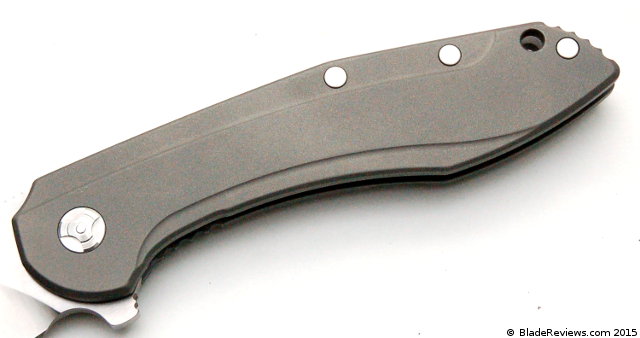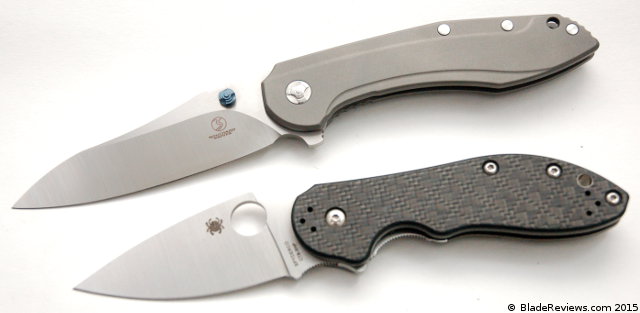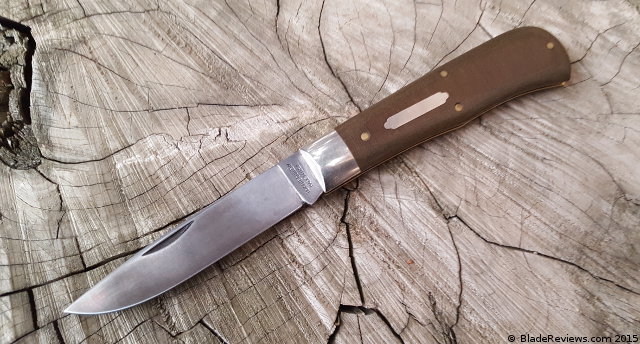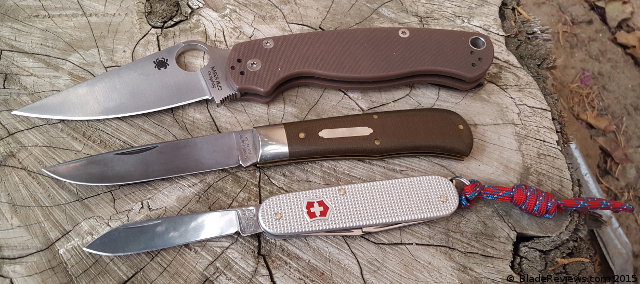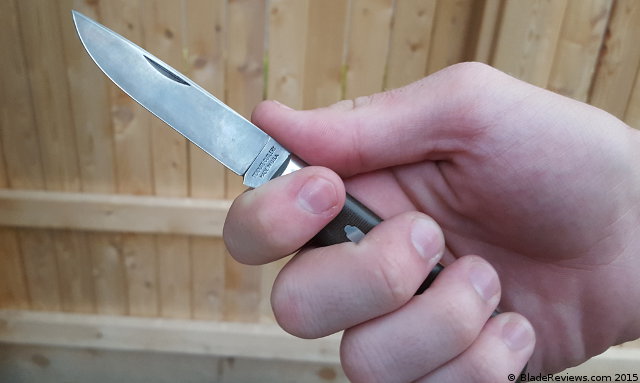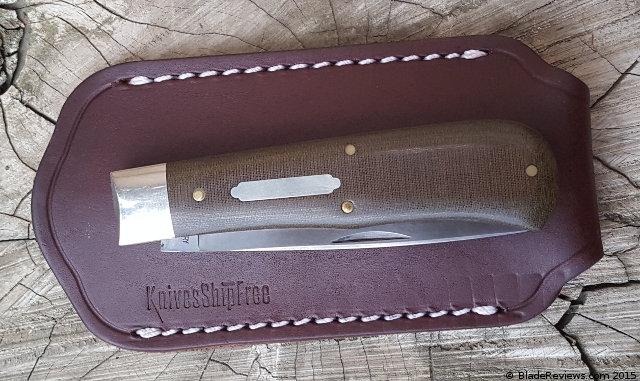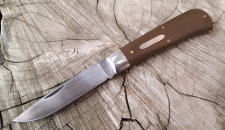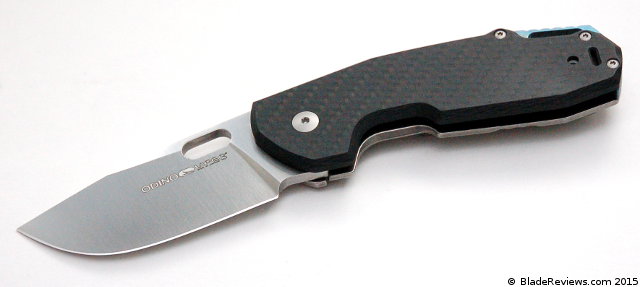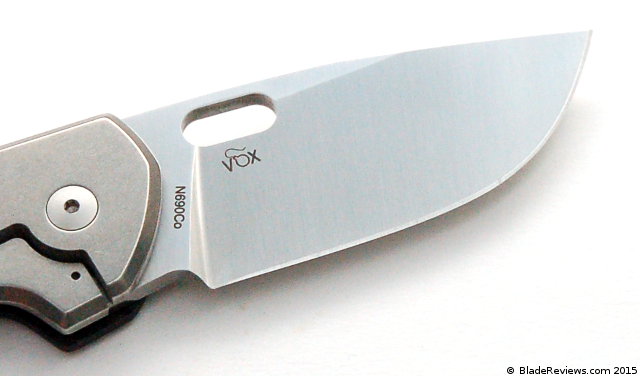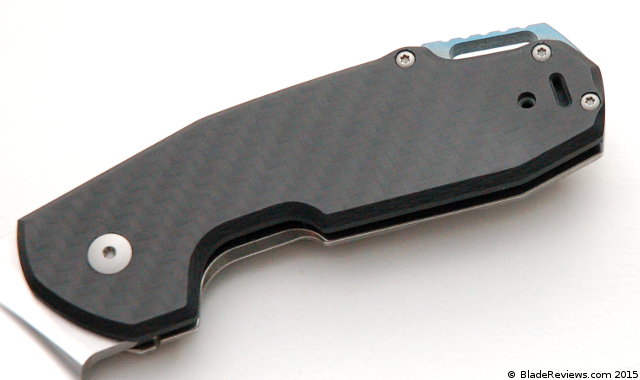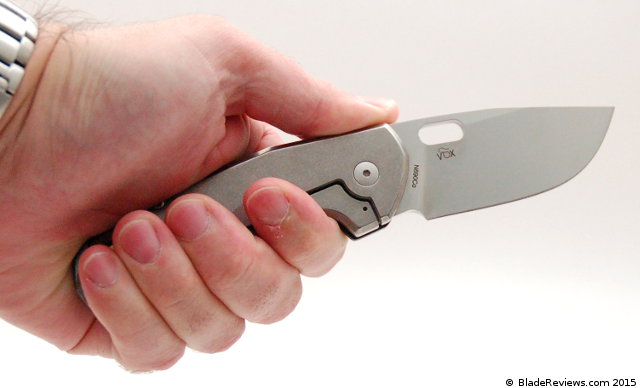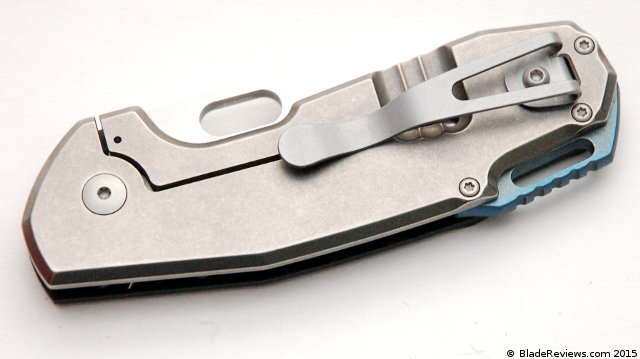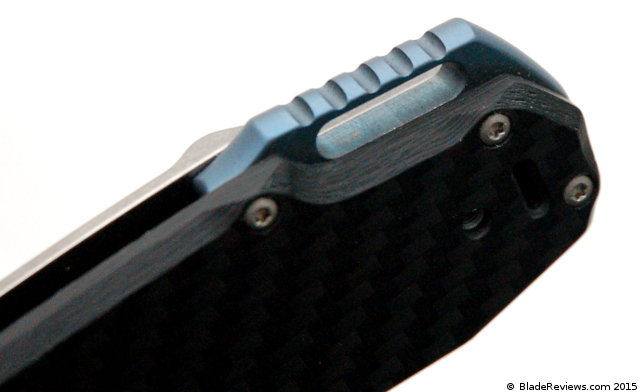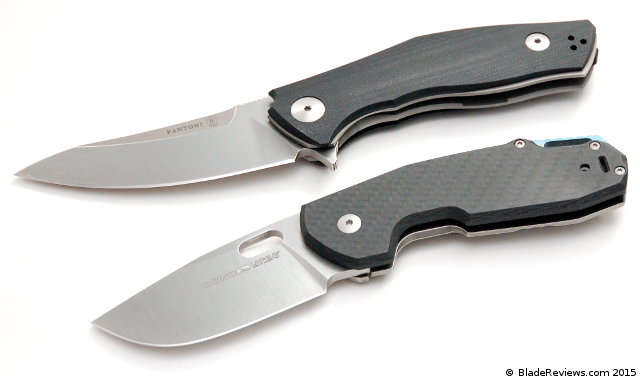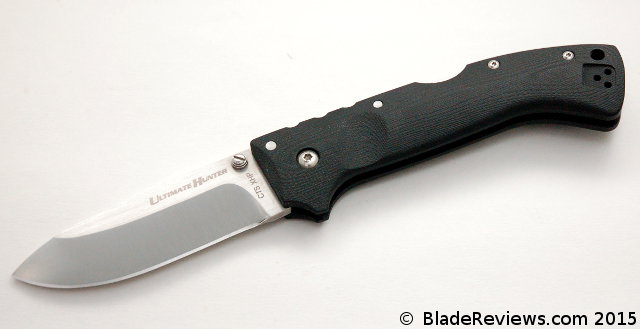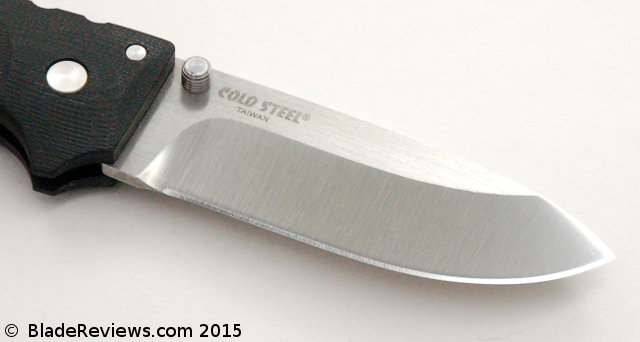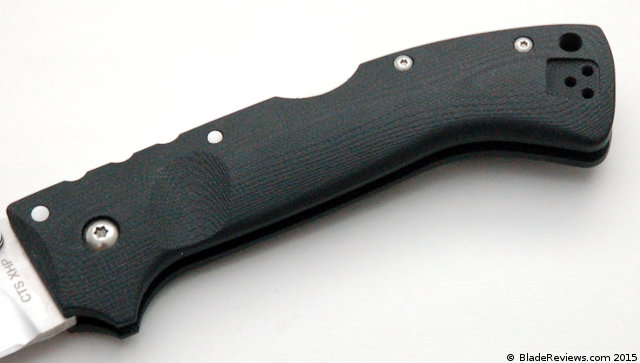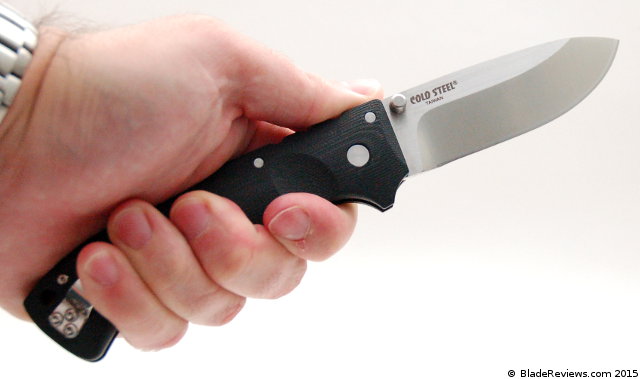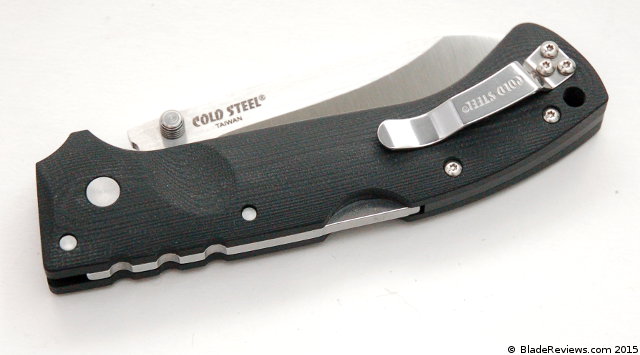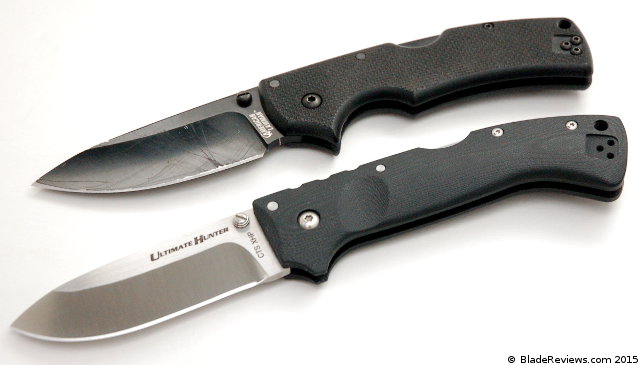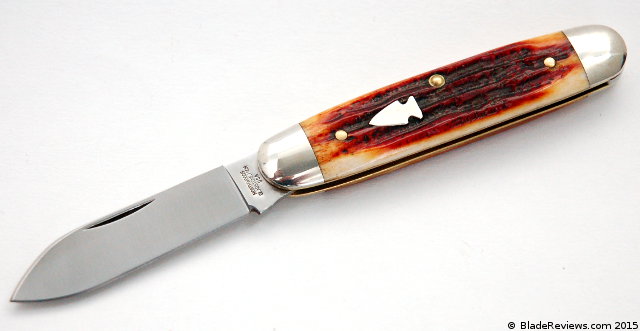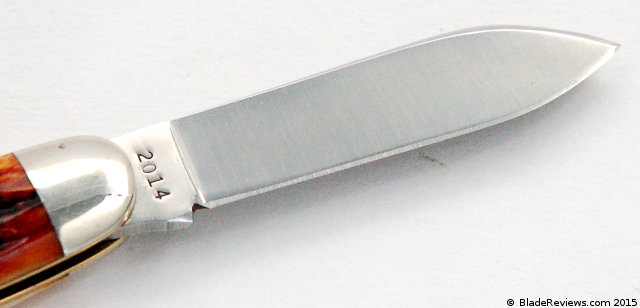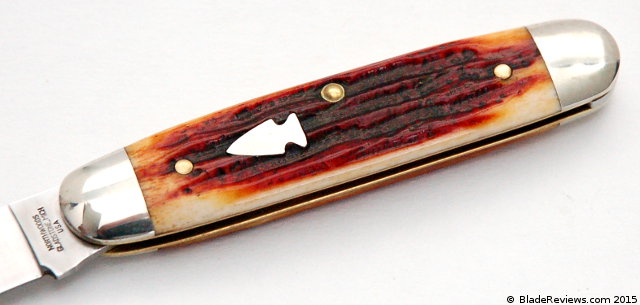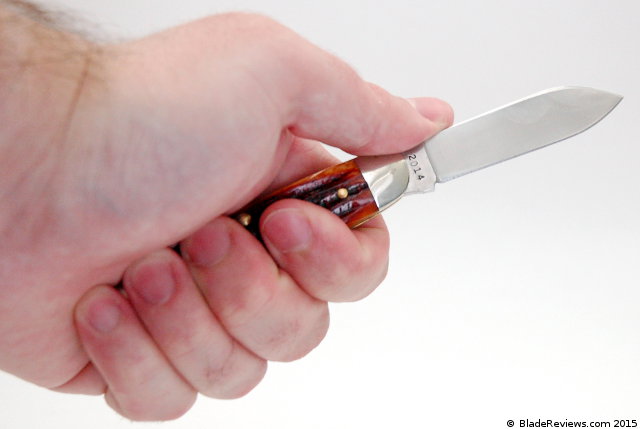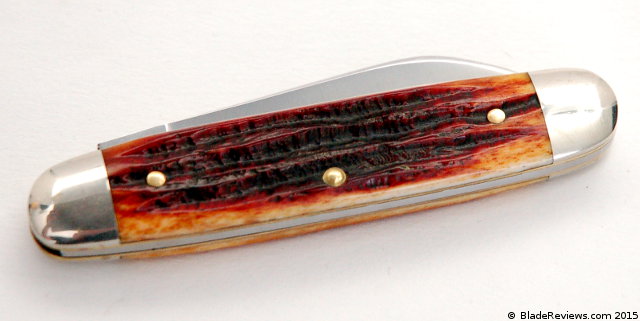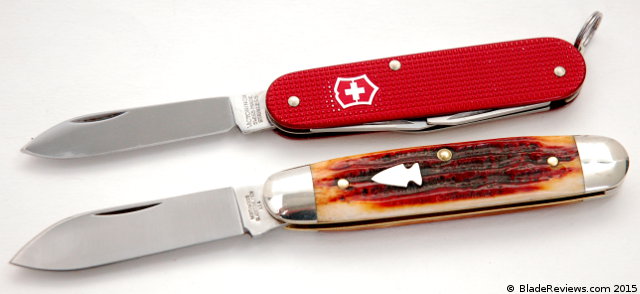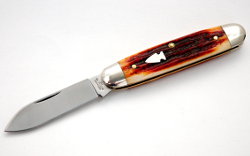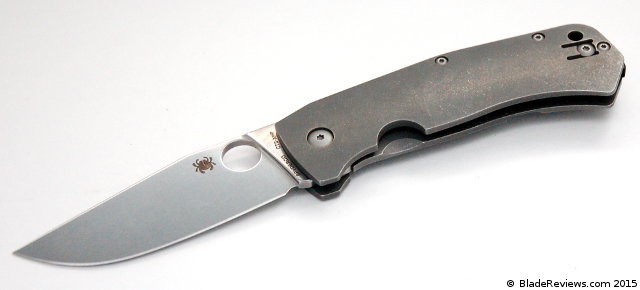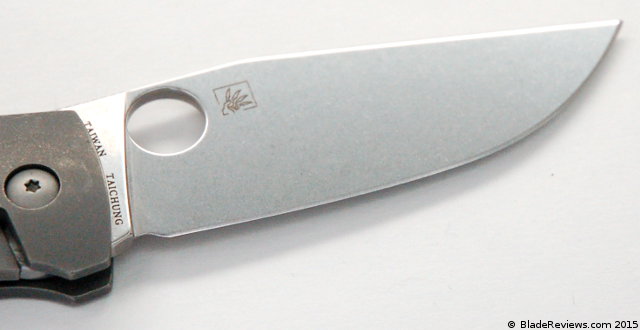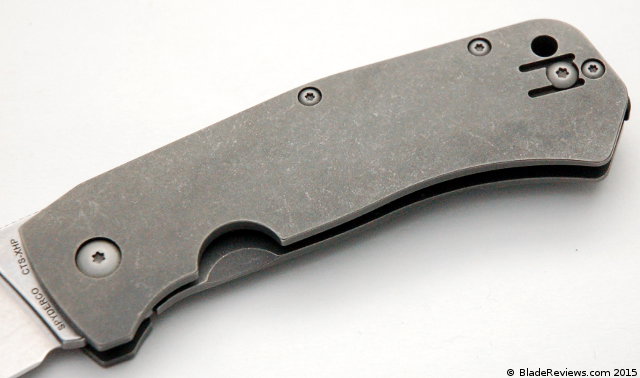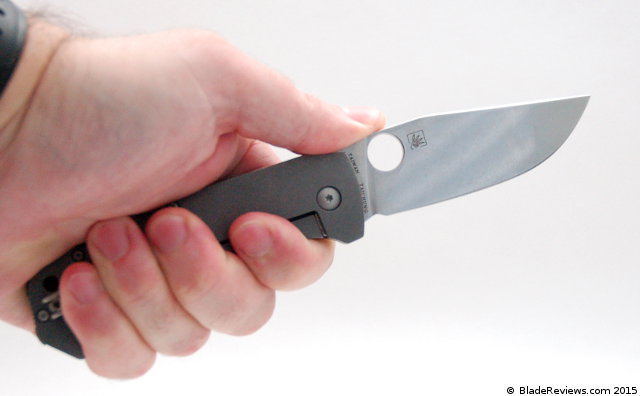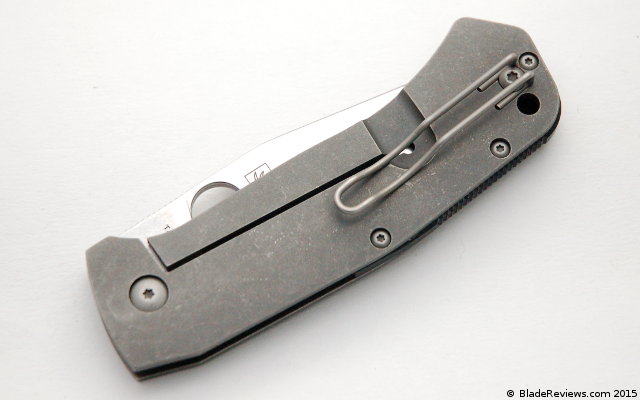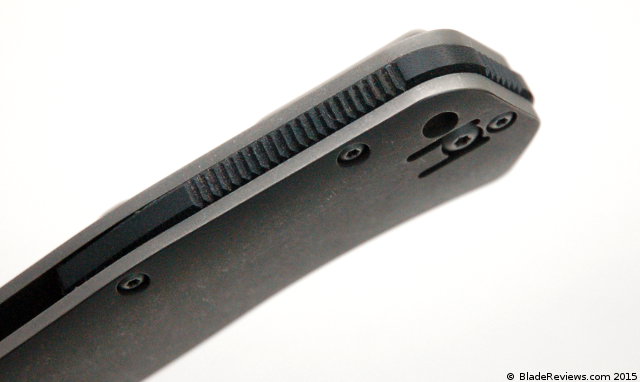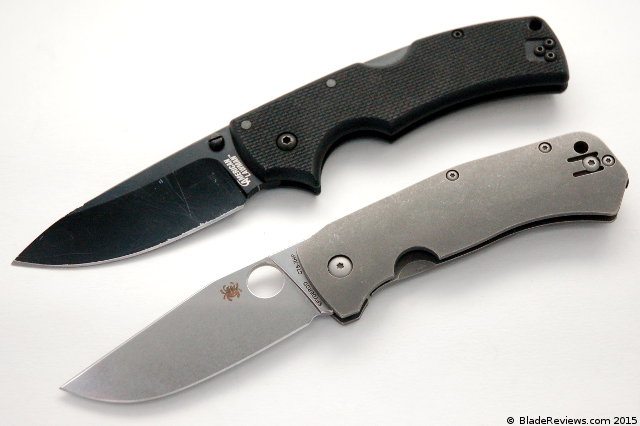Midtechs. If there was a single thread that bound Blade Show 2015 together for me, that thread would be midtechs. Specifically, midtechs offered directly from custom knife makers.
Midtechs are nothing new, and have been in the knife enthusiast’s vernacular for several years now, although it is admittedly a fuzzy term to define. But at the 2015 show it seemed like any custom maker worth his salt had a mid tech offering of some sort, and whenever I gathered with fellow show-goers it seemed like everyone had acquired at least one midtech at the show.
I don’t think this is a bad thing. I think this is an attempt to resolve an interesting problem in the market. Custom “tactical folding knives” are as hot as they ever were, and still show no sign of slacking off. While the concept of production company collaborations with custom knifemakers is nothing new, it seems like the bulk of the profits go to the manufacturer, and depending on the collaboration the knifemaker’s design is limited by the budget for the production knife. In some cases the result can be spectacular, but the flip side is that the product might be a watered down design with sloppy fit and finish, and inferior materials.
The advantages of producing a direct to consumer midtech is that the knife is more accessible than a full custom, allows the knifemaker to exercise greater control over materials and production quality, and builds in a bigger margin for the maker by virtue of the offering being higher end and the lack of middlemen. In a typical collaboration model with a big brand the production company takes a cut, the manufacturer takes a cut, a wholesaler takes a cut, then a retailer takes a cut. There isn’t much meat on the bone left for the designer.
But now it is possible for a custom knifemaker to essentially private label high end production knives, and offer them directly to the consumer. 10 years ago the technology wasn’t there to make this a viable business model. Today, the midtech model clearly has legs, and you don’t need a crystal ball to predict we will only see more of these hit the market – especially as custom makers take their designs overseas and offer there wares at lower and lower price points.
I was not immune to the powerful draw of the midtech phenomena, and ended up walking off the show floor with this Southard Knives Tolk midtech. Let me start by saying that Brad is a hell of a guy, and was a pleasure to meet and deal with. His custom offerings are among the most popular at the show, and between that and his tremendously successful collaboration with Spyderco might make a lesser man aloof. Not the case with Brad. He was warm, approachable, and it was clear he was proud of this midtech offering. I am happy to offer up this review today.
General Dimensions and Blade Details
The Southard Tolk has an overall length of 8.75″, a 3.87″ blade, weighs 4.7 ounces, and is made in the USA. This is the second midtech offering from Brad, the first being the Avo. He is dubbing his midtech line the Performance Series. The Tolk is a big knife with it’s near 4″ blade. Definitely a bit outside of what I usually gravitate towards, but given the length of the knife I will say it is lightweight and manageable. This could be an every day carry (EDC) piece for some folks. For me it’s a collectible.
The hump backed blade of the Tolk is reminiscent of the Spyderco Southard Flipper, and has been given a high flat grind and a bright satin finish. Brad also offers the Tolk with stonewashed flats if you care for a little more contrast. Blade thickness is about 3.5mm, which is generous for a thin profiled folder. There is a decent amount of steel traveling out to the tip, and the blade is thinly ground. There isn’t much belly and I find that the Tolk is well suited to slicing.
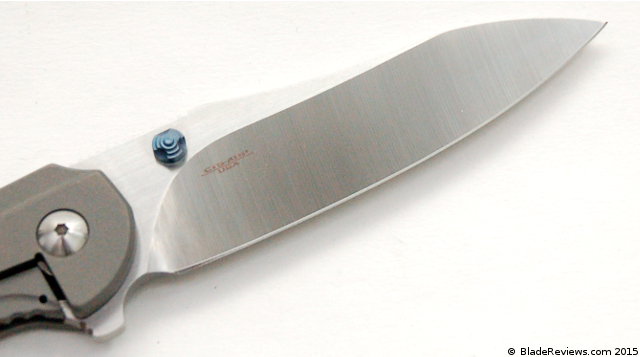
Southard went with CTS-XHP stainless steel for the blade. This is a proven steel in my book and I am happy to see it on this premium offering. I must confess that my Tolk has not seen a ton of pocket time (or cutting time). It has held up well under the light use I have put it through.
Handle, Ergonomics, and Pocket Clip
The Tolk has a full bead blasted titanium handle. Subtle grooves have been milled into the face of the handle while deep lightening pockets have been milled on the inside. The hardware on this piece is especially interesting, with the show side featuring a decorative pivot and decorative hardware. The non-show side has a high domed pivot and oversize body fasteners. Rounding things out are blue anodized titanium standoffs. They compliment the lockbar stabilizer and thumb studs nicely. Fit and finish is everything I would expect from a high end custom knifemaker like Brad. The knife is highly refined.
I like the way the Tolk feels in hand. This is a generous knife and my fingers had no problem spreading out over the curves on the handle. Like a Cadillac sedan, there is room to spare, and the chamferred edges sink into your palm like a velour seat. The spine jimping stands in sharp contrast – literally – to the rest of the handle. It is aggressive and toothy. It is not as bad as the jimping on the SnG, but under sustained use it will irritate the skin. The jimping on the butt of the blade is even more aggressive, but since I rarely if ever use my knives in reverse grip I view it as decoration more than anything.
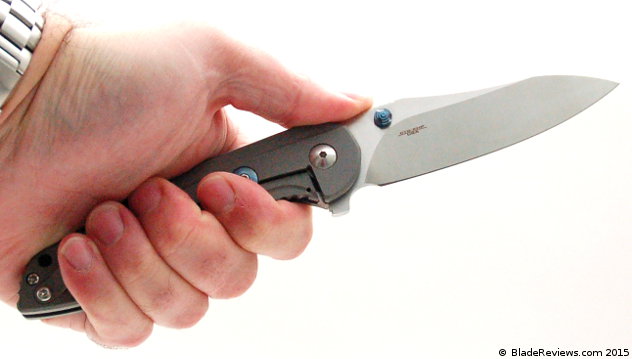
The pocket clip is relatively pedestrian compared to the rest of the knife. It is a simple bent titanium clip, and it integrates nicely with the handle. It is drilled and tapped for right side tip up carry only, and there is a recess milled into the handle like an XM-18 or Large Sebenza. The clip of the Tolk has good retention and is set up for relatively deep carry. It carries well in the pocket and is thin and manageable given its length.
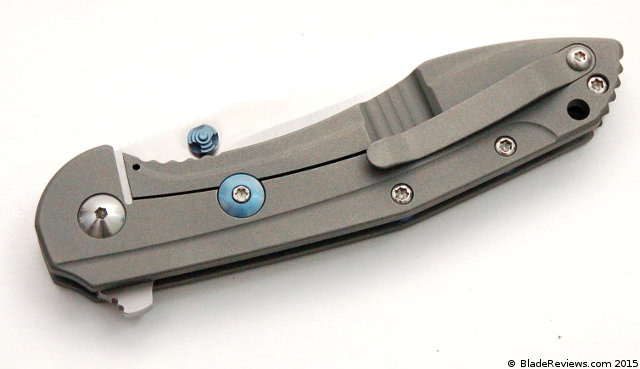
Deployment and Lockup
The Tolk is equipped with both a flipper and ambidextrous thumb studs. The thumb studs are set close to the handle and I am unable to use them to flick the knife open. It is a good option for slowly rolling the blade open, but most people will be gravitating towards the flipper. And the flipper is definitely a good choice. The ceramic ball detent is dialed in and the blade pops open with a satisfying snap. The pivot is on bearings and the action is smooth.
For lockup, we have a titanum framelock. Like the Odino, the last framelock knife I reviewed, the Tolk bucks the trend of stainless steel lockbar inserts. I don’t have a problem with this provided that the titanium framelock works well, and I am pleased to report that is the case here. Lockup is early and solid. There is no blade play or lock stick to speak of. This is a titanium framelock done right. Rounding things out is a blue anodized titanium lockbar stabilizer. Blade centering is perfect.
Southard Tolk – Final Thoughts
The Tolk is basically everything I would expect from a high end midtech offering: top flight materials, exceptional fit and finish, and hand tuned details. The Tolk has all these qualities in spades. The packing is also worth noting. The knife comes in a foam lined embossed box and includes a certificate of authenticity signed by the man himself. This has been a fun knife to own and it is obvious that a lot of thought and care went into every detail of the experience.
Some scoff at the notion that this is “as close as you can come to buying a custom offering.” I think that subject should be explored on a case by case basis. The Tolk is obviously not a custom knife, but I think that in this case Brad has put a lot of time and thought into these. He and has apparently even created some of the parts (like the pivots). He was selling them personally, including each with a signed card of authenticity, and he was proud to do it. While this obviously isn’t a custom offering, in this case I believe it is a couple steps closer than a collaboration with a production knife company.
When I turn back to the practicality of the Tolk, the knife is a bit large and expensive to be a true daily carry for me, but I had a fun time meeting Brad at the show and walking away with something he had a hand in. Perhaps one day I will trade it in for something a little smaller, maybe even put the money towards a custom piece. Until then, this will be the closest I have come to owning a Brad Southard custom knife.
The Tolk is currently unavailable. If it were available I’d recommend purchasing it at BladeHQ or Amazon. I’d follow along on Brad’s website and perhaps he will release more models there. Please consider that buying anything through any of the links on this website helps support BladeReviews.com, and keeps the site going. As always, any and all support is greatly appreciated. Thank you very much.
